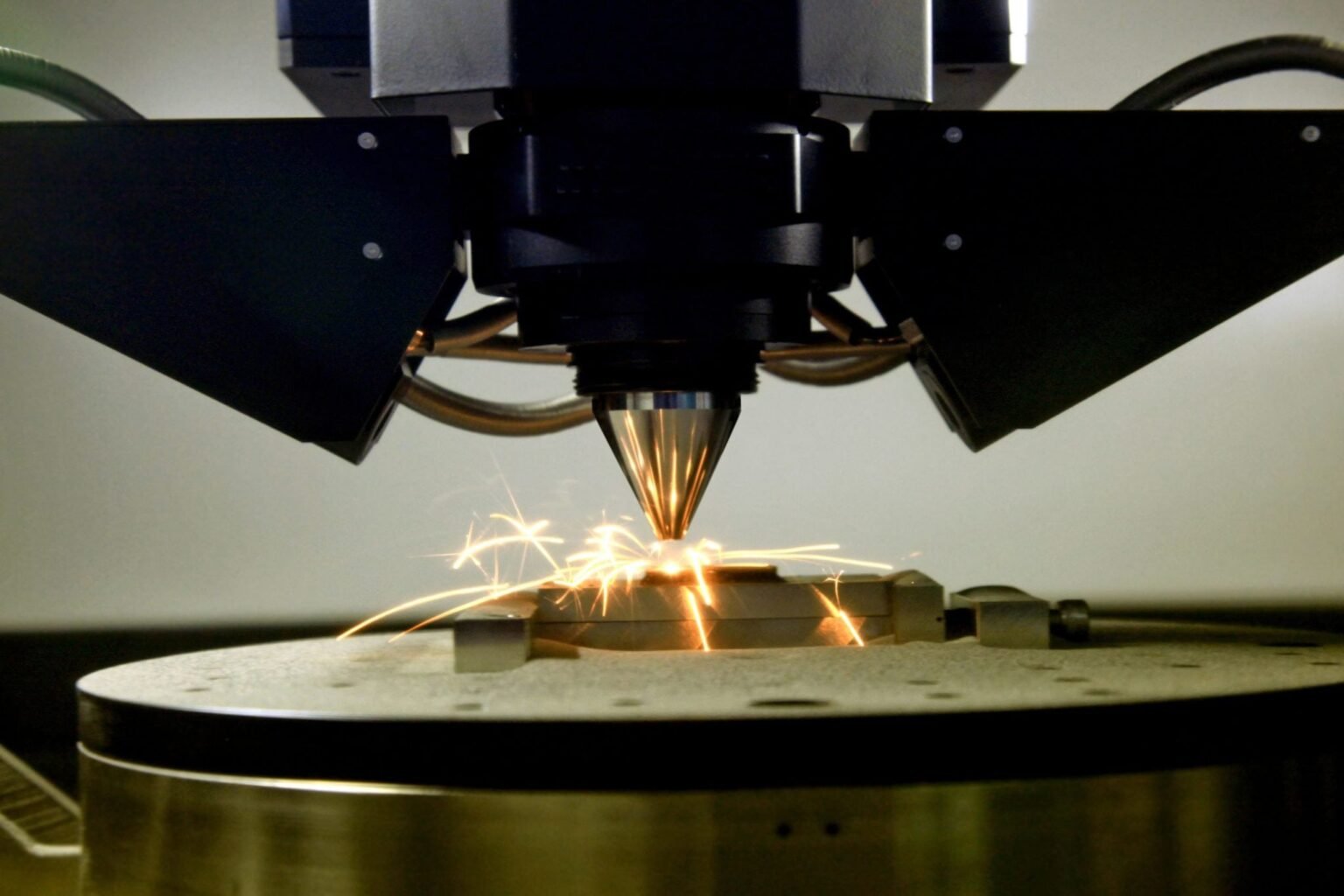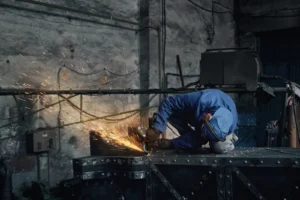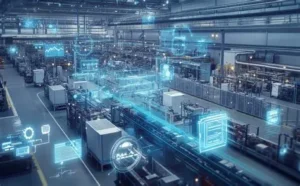Understanding Metal Printing
Metal printing refers to the layer-by-layer fabrication of metallic components using digital models. then selectively melted, sintered, or bonded using high-energy sources such as lasers or electron The process starts with a CAD (Computer-Aided Design) file that is sliced into thin layers and sent to the 3D printer. Metal powders are beams. The result is a fully dense, structurally sound metal component.
Unlike casting or CNC machining, which often result in material waste, metal printing is highly material-efficient. It offers significant freedom in design, allowing lattice structures, internal channels, and consolidated parts—all while reducing the number of assemblies and welds.
Key Technologies in Metal Printing
- Direct Metal Laser Sintering (DMLS)/Selective Laser Melting (SLM)
These laser-based technologies involve melting metal powder layer by layer to create parts directly from a CAD file. They offer excellent mechanical properties and are ideal for complex, high-performance components in aerospace and medical sectors. - Electron Beam Melting (EBM)
EBM uses an electron beam in a vacuum to melt the metal powder. It is best suited for titanium alloys and excels in high-value, high-temperature applications such as turbine blades and orthopedic implants. - Binder Jetting
This process involves depositing a liquid binding agent onto a bed of metal powder. The printed ‘green’ part is later sintered in a furnace to achieve full density. Binder jetting offers faster print speeds and is gaining popularity for volume production. - Metal Fused Filament Fabrication (Metal FFF)
A derivative of traditional FFF printing, this uses metal-infused filaments. The printed part undergoes debinding and sintering. While not as precise as laser-based methods, Metal FFF is cost-effective for prototyping and low-load applications.
Materials in Use
Metal printing supports a wide range of alloys:
- Stainless Steel (316L, 17-4 PH): Used in tooling, medical, and consumer products.
- Titanium (Ti-6Al-4V): Preferred in aerospace, medical implants, and motorsports.
- Aluminum (AlSi10Mg): Lightweight and corrosion-resistant, ideal for automotive.
- Inconel (625, 718): High-temperature nickel alloys for aerospace and gas turbines.
- Tool Steels (H13, M300): Suitable for die-casting molds and high-wear tooling.
Advantages Over Traditional Manufacturing
- Design Freedom: Enables topology optimization and organic shapes without additional tooling.
- Reduced Material Waste: Traditional machining can waste up to 80% of raw material. Metal printing uses only what is needed.
- Rapid Iteration: Prototypes can be designed, printed, and tested in days.
- Part Consolidation: Multiple parts can be combined into a single printed piece, reducing failure points.
- On-Demand Production: Eliminates the need for large inventories.
Industrial Applications
- Aerospace: GE Aviation prints over 30,000 fuel nozzles annually using DMLS, reducing part count by 75%.
- Medical: Custom titanium implants tailored to individual patients’ anatomy improve surgical outcomes.
- Automotive: Bugatti used metal printing for titanium brake calipers, combining a lightweight structure with high strength.
- Oil and Gas: Complex valve geometries and corrosion-resistant parts are efficiently manufactured via metal printing.
Challenges and Limitations
Despite its promise, metal printing faces several challenges:
- High Initial Cost: Machines can cost upwards of $500,000.
- Post-Processing Needs: Most parts require heat treatment, support removal, and surface finishing.
- Quality Assurance: Porosity, residual stress, and microstructural anomalies demand advanced inspection methods like CT scanning.
- Material Qualification: Limited certified materials restrict adoption in regulated industries.
However, as technology matures and economies of scale kick in, the cost and accessibility barriers are steadily declining.
Market Outlook and Statistics
According to Wohlers Associates, the global metal additive manufacturing market reached $3.5 billion in 2024, marking a 23% year-over-year growth. Over 2,300 industrial metal 3D printers were installed globally in the same year, with significant traction in Asia-Pacific and Europe.
- 70% of aerospace companies now use metal printing in some capacity.
- The automotive sector is expected to grow at a CAGR of 28% in metal printing through 2028.
- More than 90% of medical implant manufacturers are exploring or using additive metal fabrication.
Mechkonnect’s Expertise in Metal Printing
At Mechkonnect Industrial Solutions, we offer end-to-end metal printing services tailored to industrial needs. From design consultation and DfAM (Design for Additive Manufacturing) support to final sintering and surface treatment, our capabilities ensure that you receive high-performance parts with precision and repeatability. Our in-house team is adept at working with stainless steel, titanium, Inconel, and tool steels. With ISO-certified processes and advanced post-processing units, we serve sectors ranging from defense to medical devices. Whether you’re developing a prototype or scaling to batch production, Mechkonnect ensures reliability, traceability, and turnaround times that meet industrial demands.




